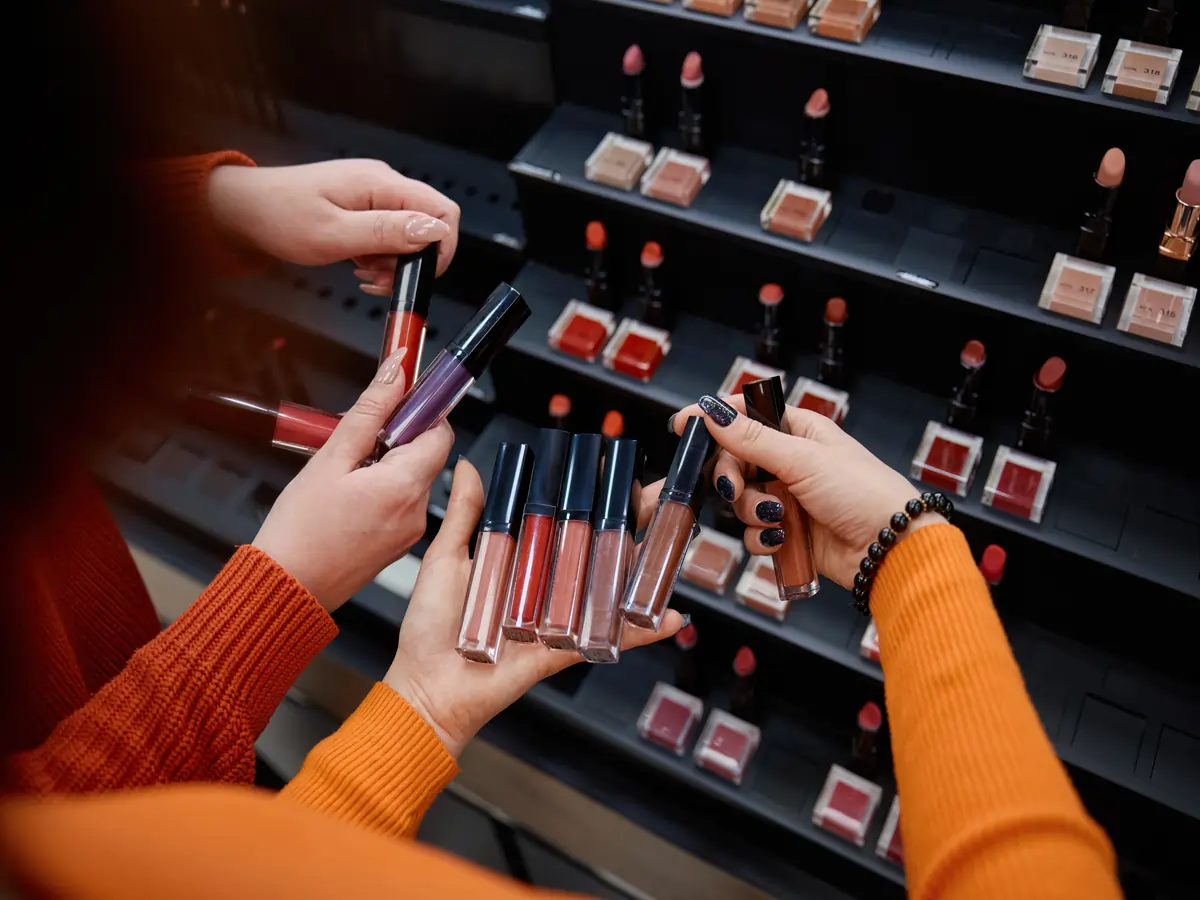Market News
GST 2.0: GST cuts elude these key items; analysts and FMCG players say it is surprising
.png)
3 min read | Updated on September 08, 2025, 07:23 IST
SUMMARY
GST 2.0: The all-powerful GST Council decided to reduce taxes on most of the common-use goods as part of the government's measure to boost consumer spending. The new structure GST, which comes into effect on September 22, will have two slabs of 5% and 18%, instead of the current four slabs of 5, 12, 18, and 28%.
Stock list

"Some categories where no change seems to have happened include detergents, hair dye, household insecticides, skin care, and cosmetics," said a report from Nuvama Institutional Equities. | Image: Shutterstock
The all-powerful GST Council decided to reduce taxes on most of the common-use goods as part of the government's measure to boost consumer spending. The new structure GST, which comes into effect on September 22, will have two slabs of 5% and 18%, instead of the current four slabs of 5, 12, 18, and 28%.
Fast-moving consumer goods (FMCG) products such as hair oil, soap, face powders, shampoos, toothbrushes, and toothpaste have come under the lower slab of 5% from 18%.
However, along with detergents and cosmetics, duty on several items such as hair dye and household insecticides has not been reduced.
FMCG companies say they are ready to pass on the benefits of the duty cuts to consumers, even though they will have to face challenges with the existing stock at retail stores.
Industry players as well as experts have also expressed concerns over the GST Council's decision not to reduce the duty on essential items such as detergents, which are available in bar, powder, and liquid format.
Harpreet Singh, Partner, Deloitte India, told PTI that detergents, an equally essential item in every household, appear to have been inadvertently left out.
"As a basic necessity for hygiene, their continued higher taxation may stand out as an anomaly. A rate cut for detergents can provide meaningful relief to households, particularly for lower- and middle-income families, as detergent purchases are a recurring monthly expense," he said.
It remains to be seen whether the government will extend the reduction to detergents in the final notification, Singh added.
Grant Thornton Bharat Partner and Consumer Leader Naveen Malpani said the Indian beauty and personal care market is growing at a healthy annual rate of 10–11%.
"While a reduction in GST rates on cosmetics could have further accelerated growth in this category, especially for premium products, demand remains intact," Malpani said.
The GST Council reduced the duty on hair oil, soap bars, face powders, shampoos, toothbrushes, toothpaste, etc., by putting them under the 5% tax slab.
"Some categories where no change seems to have happened include detergents, hair dye, household insecticides, skin care, and cosmetics. Even for paint players, it is status quo," said a report from Nuvama Institutional Equities.
Abneesh Roy from Nuvama Institutional Equities said, 'Especially for detergents, it is surprising because duty on soaps and toothpaste is reduced, and like them, detergent is also a daily consumption item.'
"It's very surprising that there is no (GST) cut on detergents," said Roy.
FMCG companies are planning to extend the GST benefits to consumers either through an increase in the grammage of packs or by reducing prices of larger packs.
About cosmetics, Malpani said aspirational buying among Gen Z and millennials, expanding rural consumption, and strong digital influence and channel penetration continue to support demand and category expansion.
"Moreover, the rate cuts on essential personal care items, other consumer goods, and broader tax relief are expected to improve disposable incomes, indirectly benefiting discretionary categories such as cosmetics and home care," Malpani said.
Brands in both categories can leverage the opportunity through value-driven offerings, smaller pack sizes, and targeted outreach in emerging consumption hubs, Malpani added.
(With PTI inputs)
Related News
About The Author
Next Story



